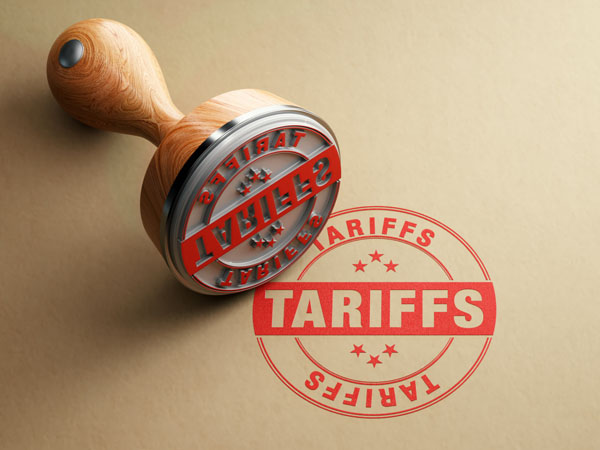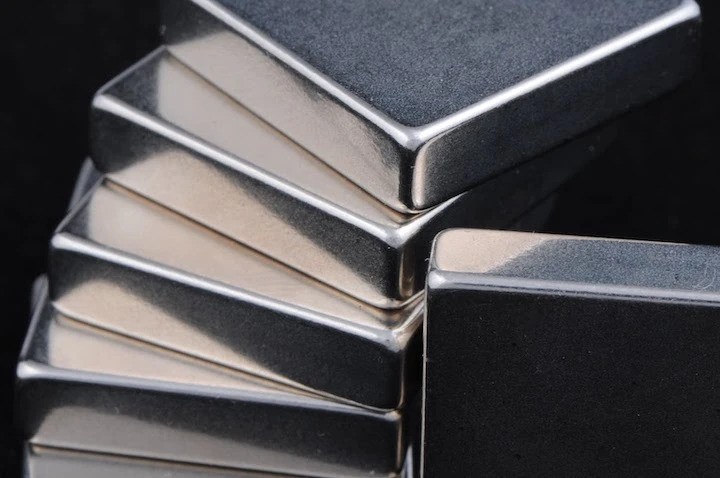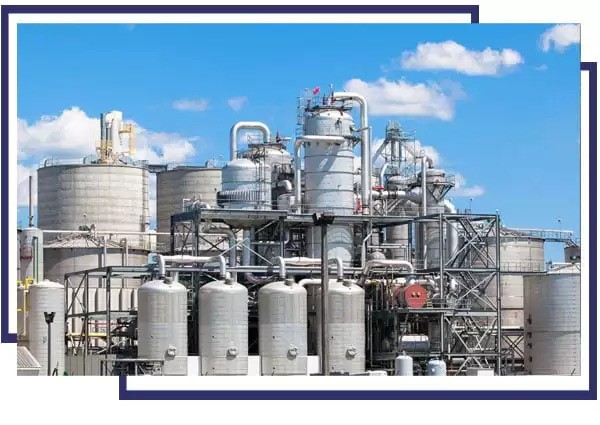





Phone
+86-731-82250427
Address
25th floor, C3 Building, Wanda Plaza, Kaifu District, Changsha, Hunan Province, China.
 May 24 2023
May 24 2023Like other materials, the physical properties mainly include the following three aspects: thermodynamic properties such as melting point, specific heat capacity, thermal conductivity and linear expansion coefficient, electromagnetic properties such as electrical resistivity, electrical conductivity and magnetic permeability, and Young’s modulus of elasticity and rigidity Mechanical properties such as coefficients. These properties are generally considered to be the inherent characteristics of stainless steel materials, but they are also affected by factors such as temperature, degree of processing, and magnetic field strength. Normally, stainless steel has lower thermal conductivity and higher electrical resistance than pure iron, while the linear expansion coefficient and magnetic permeability are different depending on the crystal structure of the stainless steel itself.
Table 4-1~Table 4-5 list the physical properties of the main brands of martensitic stainless steel, ferritic stainless steel, austenitic stainless steel, precipitation hardening stainless steel and duplex stainless steel. Such as density, melting point, specific heat capacity, thermal conductivity, linear expansion coefficient, resistivity, magnetic permeability and longitudinal elastic coefficient and other parameters.
(1) Specific heat capacity
With the change of temperature, the specific heat capacity will change, but once the phase change or precipitation occurs in the metal structure during the temperature change, the specific heat capacity will change significantly.
(2) Thermal conductivity
Below 600℃, the thermal conductivity of various stainless steels is basically in the range of 10~30W/(m·℃), and the thermal conductivity tends to increase with the increase of temperature. At 100°C, the thermal conductivity of stainless steel is in descending order of 1Cr17, 00Cr12, 2 Cr 25N, 0 Cr 18Ni11Ti, 0 Cr 18 Ni 9, 0 Cr 17 Ni 12Mο2, 2 Cr 25Ni20. At 500°C, the thermal conductivity increases from greater The smallest order is 1 Cr 13, 1 Cr 17, 2 Cr 25N, 0 Cr 17Ni12Mο2, 0 Cr 18Ni9Ti, and 2 Cr 25Ni20. The thermal conductivity of austenitic stainless steel is slightly lower than that of other stainless steels. Compared with ordinary carbon steel, the thermal conductivity of austenitic stainless steel is about 1/4 of that at 100°C.
(3) Linear expansion coefficient
In the range of 100-900℃, the linear expansion coefficients of major stainless steel grades are basically 10ˉ6~130*10ˉ6℃ˉ1, and they tend to increase as the temperature rises. For precipitation hardening stainless steel, the linear expansion coefficient is determined by the aging treatment temperature.
(4) Resistivity
At 0~900℃, the specific resistance of the main stainless steel grades is basically 70*10ˉ6~130*10ˉ6Ω·m, and it tends to increase with the increase of temperature. When used as a heating material, materials with low resistivity should be used.
(5) Magnetic permeability
The magnetic permeability of austenitic stainless steel is extremely small, so it is also called a non-magnetic material. Steels with stable austenitic structure, such as 0 Cr 20 Ni 10, 0 Cr 25 Ni 20, etc., will not be magnetic even if they are processed with a large deformation greater than 80%. In addition, high-carbon, high-nitrogen, high-manganese austenitic stainless steels, such as 1Cr17Mn6NiSN, 1Cr18Mn8Ni5N series and high-manganese austenitic stainless steels, will undergo ε phase transformation under high-reduction processing conditions, so they remain non-magnetic. At high temperatures above the Curie point, even strong magnetic materials lose their magnetism. However, some austenitic stainless steels, such as 1Cr17Ni7, 0Cr18Ni9, have a metastable austenitic structure, so martensitic transformation occurs when cold working with large reductions or low-temperature working, and they will be magnetic and magnetic. The conductivity will also increase.
(6) Elastic modulus
The longitudinal elastic modulus of ferritic stainless steel at room temperature is 200 kN/mm2, and the longitudinal elastic modulus of austenitic stainless steel is 193 kN/mm2, which is slightly lower than that of carbon structural steel. As the temperature increases, the longitudinal modulus of elasticity decreases, the Poisson's ratio increases, and the transverse modulus of elasticity (rigidity) decreases significantly. The longitudinal modulus of elasticity will have an impact on work hardening and tissue aggregation.
(7) Density
Ferritic stainless steels with high chromium content have low density, and austenitic stainless steels with high nickel content and high manganese content have high density. At high temperatures, the density becomes smaller due to the increase of the lattice spacing.
(1) Thermal conductivity
The thermal conductivity of various types of stainless steel at very low temperatures is slightly different, but in general it is about 1/50 of the thermal conductivity at room temperature. At low temperatures, the thermal conductivity increases as the magnetic flux (magnetic flux density) increases.
(2) Specific heat capacity
At extremely low temperatures, there are some differences in the specific heat capacity of various stainless steels. The specific heat capacity is greatly affected by temperature, and the specific heat capacity at 4k can be reduced to less than 1/100 of the specific heat capacity at room temperature.
(3) Thermal expansion
For austenitic stainless steel, the shrinkage rate below 80k (relative to 273K) is slightly different. The content of nickel has a certain effect on the shrinkage.
(4) Resistivity
Under extremely low temperature, the difference in resistivity among various brands increases. Alloying elements have a greater influence on the resistivity.
(5) Magnetism
At low temperatures, austenitic stainless steels have different effects on the load magnetic field due to their mass magnetic susceptibility. The content of different alloying elements is also different.
There is no difference in permeability of different grades.
(6) Elastic modulus
At low temperatures, the Poisson's ratio of austenitic stainless steel with magnetic transformation produces an extreme value correspondingly.
